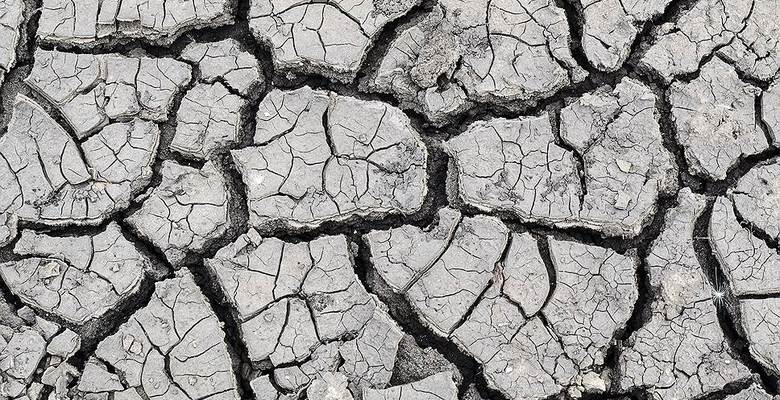
Soil science, as well as other natural sciences, has always used new physical equipment and research methods as soon as they appear. Specifically, X-ray technology, laser, spectrometers and spectrophotometers have been used. But 3D-tomography was used as a tool in soil science relatively recently – less than ten years ago.
Prior to that the fine structure of soils had been performed in an antiquated way – flat sections of soil (thin sections and polished blocks) had been studied with the help of a magnifying glass or microscope, although it was clear in advance that polishing of soil breaks the microstructure of soil. Computer tomography does not disrupt the micro capillaries in the soil while producing 3D images of soil structure. Such images break the classical notions regarding the capillary structure of soil.
Soil scientists from the Dokuchaev Institute and the MSU have summed up the results of the initial stage of data accumulation from soil tomography. They claim that many facts that seemed indisputable require rethinking, while the classical theories of moisture and gas exchange in soil require a radical revision or perhaps even abandoned.
Up until now soil hydrologists have viewed the pore volume as a set of cylindrical capillaries. Consequently, in order to calculate moisture movement in soil they used appropriate equations (Laplace and Jurin equations). However, according to 3D-tomography the pore volume in soil is not similar to evenly organized “cylinder pipes”. Capillaries are far from being cylindrical. They are interrelated in a complicated way, which undoubtedly should affect water-absorbing capacity and hydraulic conductivity of soil system.
Without the knowledge of the real dynamics of such processes it is impossible to optimally solve practical tasks of agriculture: for example, calculating the water-absorbing capacity of soil, optimal watering levels, controlling the degree of soil degradation at the very early stages when other methods do not allow its tracking, evaluate the rheological properties of the soil (its flow properties) and many other tasks. All this qualifies as a revolution in the soil science.
Apparently, in the coming years the issue of connection between the structure of the pore volume and the water- and gas-absorbing capacity and hydraulic and gas conductivity will be at the center in soil hydrology, soil physics as well as perhaps the entire soil science. The new theory of soil microstructure is only taking shape. The good news is that Russian soil scientists are playing the leading role in this research.
Sergey Petukhov








